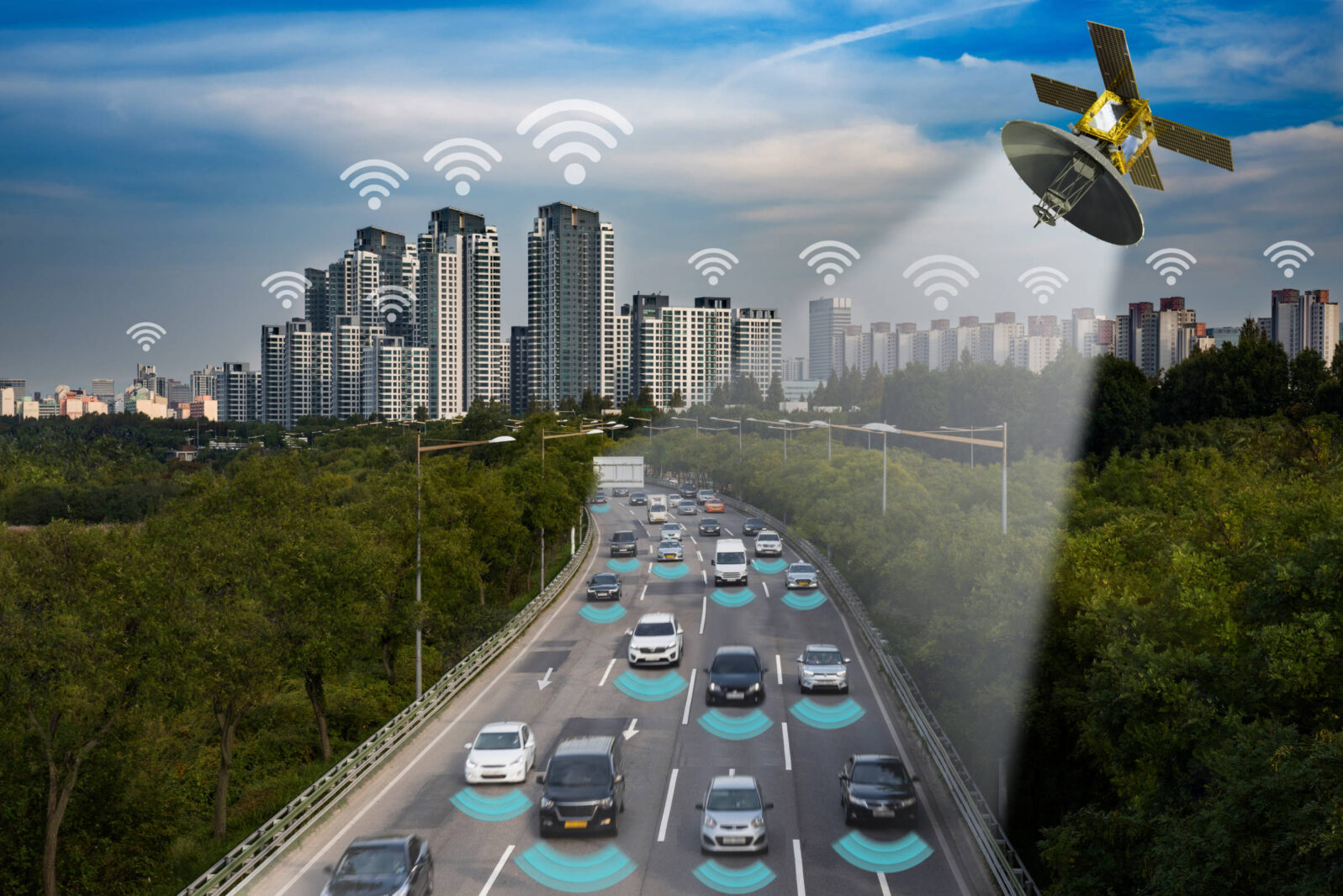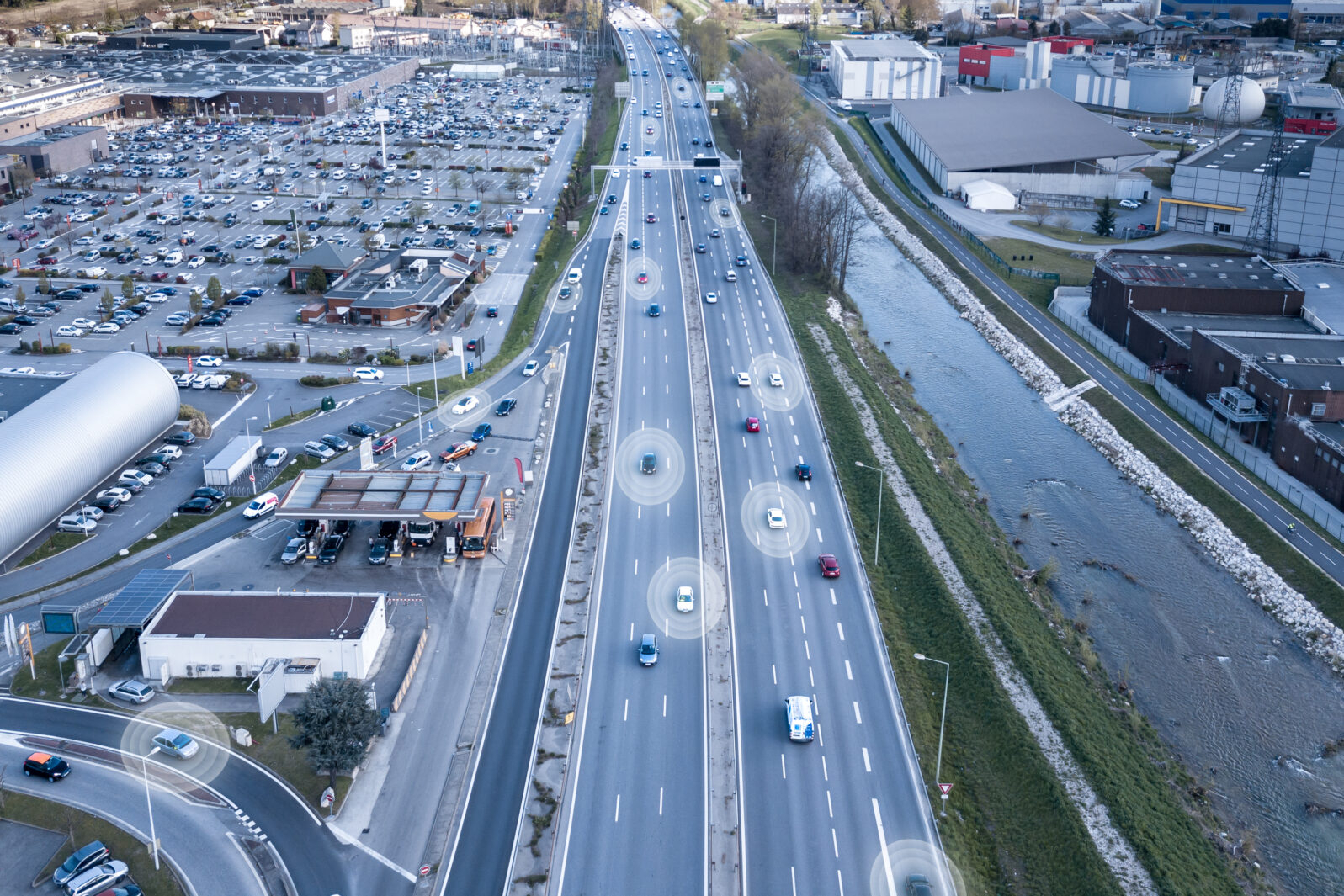What Real Advantage Do Self-Driving Cars Provide?
It’s time for a hard-headed look at the costs and benefits of the pursuit of fully self-driving carsMore and more people are realizing that autonomous (self-driving) vehicles are not a road to automotive prosperity.
To recap, Level 5 self-driving is what most people think of when they hear the term “self-driving.” You type in an address and the car takes you where you want to go while you sleep in the back. That car is not going to hit the road anytime soon.
Level 4 self-driving is similar but only works within well-defined areas or situations. In practice, Level 4 essentially relies on either intelligent infrastructure or a territory that is so predictable and well-mapped that it obviates the need for intelligent infrastructure.
Huge amounts have been invested in self-driving vehicles. The Information estimated that $16 billion dollars have been invested in research on self-driving vehicles. So what do we get for this?
The goal of Level 5 self-driving was to fundamentally change the driving experience, as well as the economics of driving. You would get all of the advantages of driving (freedom of travel, personal space, etc.) but none of the drawbacks. You can fully devote your attention to something other than driving).
Many saw other advantages. Uber viewed Level 5 self-driving as the solution to the fact that it loses money on every ride and it must act as an employer to all of the drivers under labor laws. Tesla viewed Level 5 self-driving as the key to justifying its position in the car industry. Tesla owners would have cars that were appreciating assets that would pay for themselves because they could be loaned back to Tesla overnight as robotaxis.
While no one is even close to such a Level 5 self-driving system, Level 4 systems—where the car is really part of a closed system, adapted to self-driving vehicles—started to emerge last year and continue to gain ground. However, as it becomes clear that the engineering capability is present for Level 4 but not Level 5, the question becomes, what has our $16 billion (and growing) investment really bought us?

Level 4 self-driving is interesting and helpful, but not life-changing. Because the routes for Level 4 cars are essentially pre-planned, they offer the same benefits as buses, but for a more limited geography. Did we really spend $16 billion just to get rid of the bus drivers on our least-congested routes? Is that really worth the cost?
More people are starting to ask the question and they are realizing that what the technology is capable of delivering is not living up to either the hype or the cost. Car and Driver noted that the returns on self-driving research are basically equivalent to getting a master’s degree for a minimum wage job. Nautilus has gone even further, and noted that self-driving cars are solving a problem that we don’t even have, arguing that the future will require more infrastructure-oriented solutions to our automation problems.
So, despite the fact that fully self-driving cars have already cost us more than half of what it cost to get to the moon the first time, it will probably turn out to be a non-solution to a problem that we don’t even really have.
You may also enjoy these article by Jonathan Bartlett on self-driving cars:
Guess what? You already own a self-driving car. Tech hype hits the stratosphere.
and
Tesla’s Robotaxis—Tales of a phantom fleet. Musk put out a tweet on December 22, saying “Sorry, it’s been a bit of a struggle.” At last, a claim we can unreservedly believe.
